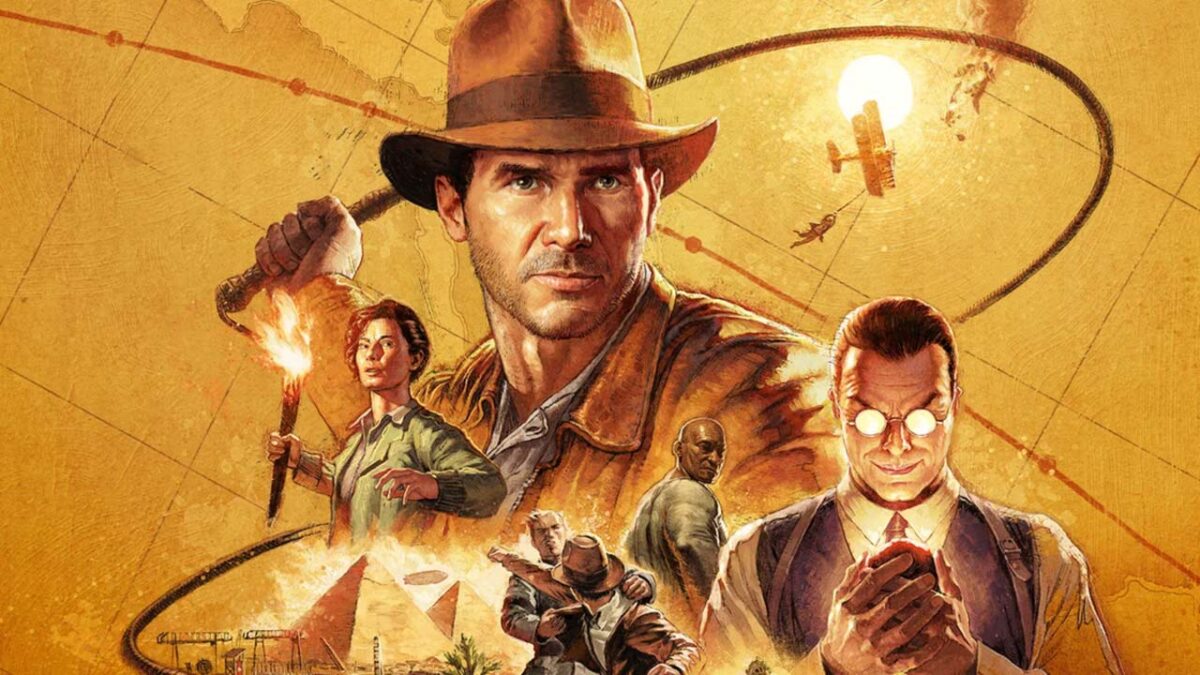Indiana Jones on PS5: Could Microsoft Being Going the Way of Sega?
Like many gamers, I was apprehensive as Microsoft steadily acquired some of the biggest game studios in the world, including Activision Blizzard and ZeniMax Media. It was worrying to think this could lead to a renewed era of major titles trapped within the confines of platform exclusivity. These concerns were largely alleviated, however, in the months and years that followed with established multi-platform titles like Call of Duty and Doom remaining available day-and-date on PlayStation 5 in addition to the Xbox Series X|S.
Still, what is really surprising is to see this trend now also extending to franchises not necessarily associated with multiplatform legacies. Look no further than the ZeniMax-published—and therefore Microsoft owned—title Indiana Jones and the Great Circle, which is now coming to PS5 just four months after its now vaunted launch on Xbox and PC in December.
This push by Microsoft Games to make its first-party titles available beyond the Xbox and PC echoes a similar strategy from Sega as the Japanese company shifted from focusing on its consoles to multi-platform games more than 20 years ago. Like Sega before it, this shift also comes as the Xbox’s standing in the console industry began to noticeably and increasingly fall behind its competitors. Here’s how Sega survived in the gaming industry with its move to ditch producing its own consoles and console-exclusive games, and how Indiana Jones could signal a similar future for Microsoft.
The Reinvention of Sega
Following Nintendo’s complete revitalization of the video game industry in the ‘80s with the Nintendo Entertainment System, its first major competitor in the North American market became fellow Japanese gamemaker Sega. For nearly 20 years, Sega produced its own consoles, with first-party titles like Sonic the Hedgehog and Streets of Rage suggesting a slightly edgier ‘90s-friendly aesthetic in comparison to Nintendo. However, for a variety of reasons, Sega’s place in the industry eroded throughout that decade, with each subsequent console less successful in North America than the last. This culminated in Sega exiting the console industry in 2001 after lukewarm sales for the Sega Dreamcast. The company instead pivoted to focusing on producing games for platforms from their former competitors.
This switch paid off quickly, reversing Sega’s diminishing fortunes, with the company posting its first profitable fiscal year in 2003 after a prolonged period of consistent losses. For me, after enduring the ‘90s console wars, the unthinkable happened when Sonic the Hedgehog games became available on the Nintendo GameCube and Game Boy Advance; I never thought I’d see the day. But in making established franchises, like Virtua Fighter, and new ones like Yakuza, available on other consoles, Sega not only lived to fight another day but thrived better than ever.
Undiscovered Country for Microsoft
After the success of the Xbox 360, Microsoft has been seeing similarly diminishing returns on its own console efforts starting with the subsequent Xbox One. This downward trend continued into the Xbox Series X|S era, with the console having sold 28.3 million units worldwide by June 2024, roughly half of the PS5’s total sales in relatively the same time period. Like Sega before it, Microsoft cannot rebuild its momentum compared directly to Nintendo or Sony, meaning it has to drastically rethink its strategy and place in the gaming industry.
While Microsoft hasn’t announced any plans to pull out of the console industry or reduce its support of the Xbox Series X|S, it may want to strongly consider Sega’s own strategy. Microsoft Gaming has already leaned into expanding its ecosystem into the PC space, bringing it closer to Xbox with its GamePass program. In continuing to make games published by its subsidiaries to other consoles, like the PS5 and upcoming Nintendo Switch 2, Indiana Jones and the Great Circle is the biggest hint that Microsoft could alter its output to one prioritizing software over console hardware.
In a 2023 court deposition, Microsoft executives tacitly admitted that they lost the console wars and that software exclusivity was not anti-competitive. Both are rare admissions that demonstrate Microsoft was aware of its long-term prospects and that its strategic future in console hardware and platform exclusivity was in doubt. To stay viable, Microsoft needs to lean into its strengths and right now that’s in software. Not console hardware.
If Indiana Jones and the Great Circle, the first major Indiana Jones game released in 15 years and one of the biggest games published by ZeniMax since its acquisition, has received a multi-platform release, Indy could be leading the way for big changes to Microsoft Games. Just as it was unthinkable for me to see Sonic on Nintendo consoles, maybe Halo’s Master Chief could one day make a PlayStation appearance. In this industry, stranger things have happened…
Indiana Jones and the Great Circle is now available for PlayStation 5, Xbox Series X|S, and PC.


